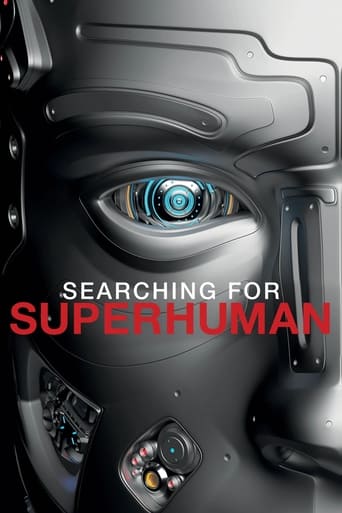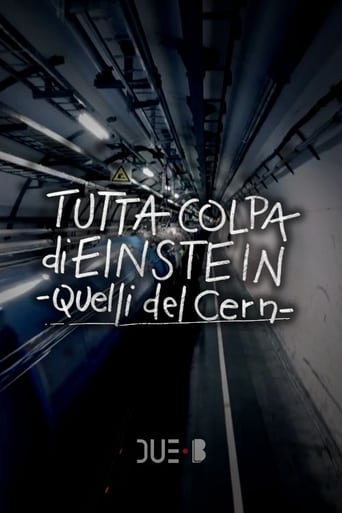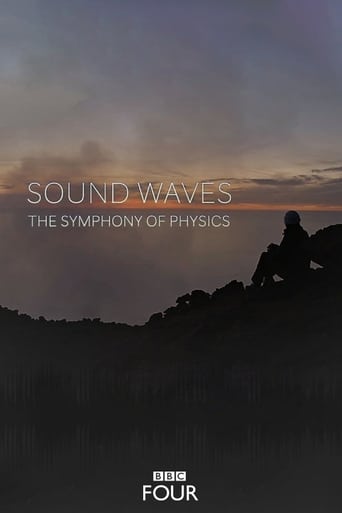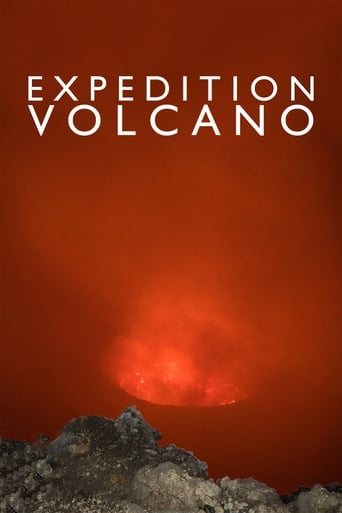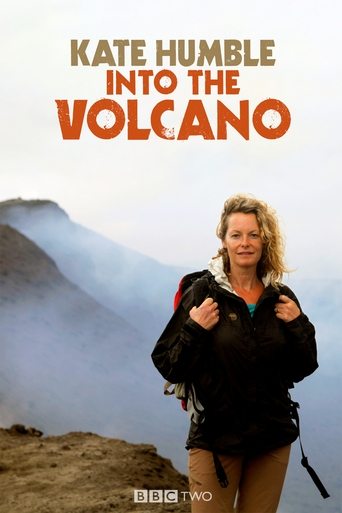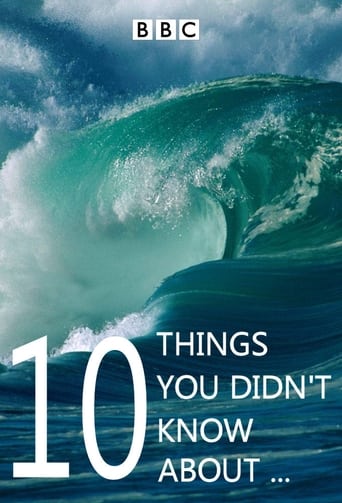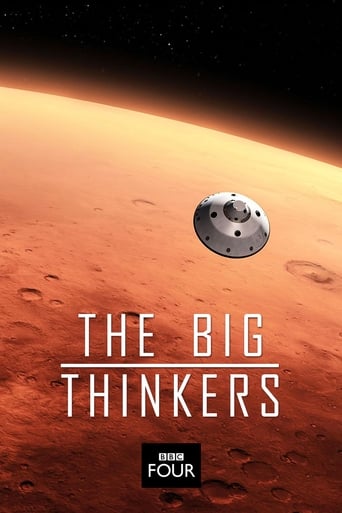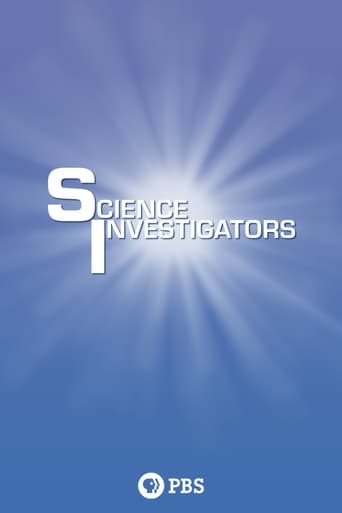
Rating:
0/10 by 0 users
Episode 208
In this episode of SciTech Now, archaeology moves underwater as researchers discover clues from the past; planetary physicist Phil Metzger on the New Horizons flyby over Pluto; one southern California couple is going to extreme measures to revolutionize the physical therapy industry; and PBS Secrets of the Dead has the extraordinary story of a young pioneer, whose remains were found in an archaeological excavation.
Writing:
Release Date:
Thu, Sep 25, 2014
Country: US
Language: En
Runtime:
Country: US
Language: En
Runtime:
Season 2:

In episode 201 of SciTech Now, scientists determine the viability of plant life in space via an experiment aboard the International Space Station; Rod Breslau on the growing popularity of eSports; John Howell of the Univesity of Rochester on the science behind invisibility; and a New Jersey water treatment plant is reducing its greenhouse gas emissions by turning waste into energy.
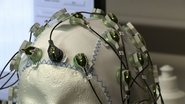
In episode 202 of SciTech Now, scientists at the University of South Florida use a new method for tracking fish populations; Dr. Martin Blaser on the pitfalls of antibiotics, from allergies to obesity; John Howell of the Univesity of Rochester on the science behind invisibility; and a New Jersey water treatment plant is reducing its greenhouse gas emissions by turning waste into energy.
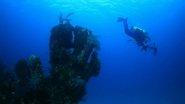
In episode 203 of SciTech Now, the New York Fashion Tech Lab is a tech accelerator is helping companies at the intersection of retail and technology modernize the fashion industry; Ruth DeFries, professor of Ecology and Sustainable Development and Columbia University’s Earth Institute, explains how the history of human development has impacted our planet; The Blue Ocean Film Festival aims to spread awareness about what lies underwater, with help from aquatic filmmaker and explorer Fabien Cousteau; the Melrose Center is a 26,000 square foot state-of-the-art facility at the Orlando Public Library; and PBS Secrets of the Dead investigates the real possibility that a Trojan Horse could have been used to trick Troy into defeat.
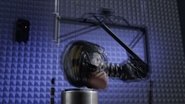
In episode 204 of SciTech Now, go trackside at a Trans Am road race to learn how racers make their cars aerodynamic; Jon Schull, co-founder of e-Nable, discusses how his organization is making low-cost 3-D printed prosthetics available to children around the world; TripExpert co-founder Emily Hughes explains how the site aims to be a definitive statement of the overall quality based on professional reviews, instead of user reviews; the Financial Times investigates whether mass-market sport-related technologies can help mitigate some of the risks associated with contact sports; as the number of social media users continues to grow, some universities have incorporated the communication tool into their curriculum.

In episode 205 of SciTech Now, we take you into the lab to see how robots are changing the surgical landscape; the science educator, the CEO of the Planetary Society, the “Science Guy” himself, Bill Nye, joins us to talk about his new book and about his Kickstarter project to create a breadbox sized spacecraft powered by the light of the sun; Science Friday shows us how a badminton birdie’s unique aerodynamic shape makes badminton the fastest sport around; and Abalone are sea snails that graze on algae and seaweed, but overfishing and poaching have left them on the edge of extinction.

In this episode of SciTech Now, some oil companies are cutting back on their operations and hoping to reduce waste in the process; Springboard Enterprises CEO Kay Koplovitz discusses supporting women in business; we go inside the Center for Autism and Neurodevelopmental Disorders, where staff target the core cause of autism and provide therapy and support for those on the spectrum; and the Financial Times explores how the worlds of biology and robotics are coming together and how bionics is now being applied in healthcare.
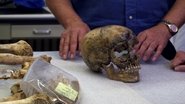
In this episode of SciTech Now, archaeology moves underwater as researchers discover clues from the past; planetary physicist Phil Metzger on the New Horizons flyby over Pluto; one southern California couple is going to extreme measures to revolutionize the physical therapy industry; and PBS Secrets of the Dead has the extraordinary story of a young pioneer, whose remains were found in an archaeological excavation.
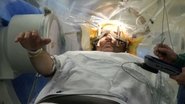
In this episode of SciTech Now, the largest desalination plant in North America is making Tampa Bay water safer and cleaner; space architecture and engineering expert Madhu Thengavelu discusses building settlements on the Moon and Mars; brain surgery performed while awake helps mitigate symptoms of Parkinson’s disease; and the Financial Times reports on the one-atom thick layer of carbon called graphene that is 200 times stronger than steel and thinner than a sheet of paper.
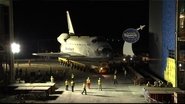
In this episode of SciTech Now, scientists use algae to trace the origins of sex; the decommissioned space shuttle Atlantis has a new home in Orlando, Florida; the company deCervo explores the neuroscience involved in athletics; and mobile security research that tries to protect us from hackers.

In this episode, viewers get a glimpse of a new, more efficient wind turbine with an unusual beginning; we learn how data and Statcast is changing the experience of watching a baseball game; mirror therapy employs the illusion of reflection to trick the brain into faster motor recovery; and zero-emission motorcycles are helping police departments.

In this episode of SciTech Now, a four-story magnet may hold the key to clean, renewable energy; Jennifer Vento, from the digital marketing firm Women Online, discusses how women around the world are joining together to create innovative new technologies that protect women both on- and offline; Neil deGrasse Tyson discusses the future of space exploration.

Scientists attempt to answer the question, “How many licks does it take to get to the center of a lollipop?”; filmmaker and producer Emily Driscoll discusses the science behind the lollipop mystery; climate scientist Ken Caldeira talks climate intervention strategies; and one school in Tampa is using technology to facilitate classroom learning.
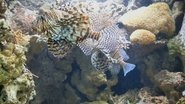
Invasive species threaten Florida’s ecosystem; professor Madhu Thangavelu discusses the future of collaborative robotics; serial entrepreneur Brian Hecht explains how emerging job search engines are altering the employment marketplace; planetary physicist Phil Metzger looks into the future of Mars exploration; and we go behind the scenes at the AMNH.

In this episode of SciTech Now, an international group of computer coders have joined forces with a composer to showcase fractals in a whole new light; the founder of the renewable energy company Uncharted Play has developed unusual sources of electricity for the developing world; at the Tech Sassy Girlz Hackathon in Orlando, middle and high school girls get a crash course in coding; and more.

In this episode, the hunt for dark matter ensues 4,850 feet below the ground; Financial Times reporter Gina Chon discusses the depth and implications of cyber security; and thanks to electrodes implanted in her muscles, athlete Jennifer French can compete once again.

In this episode, shark skin could be the key to combating the spread of harmful bacteria inside hospitals; an innovative device allows you to virtually connect with your dog; researchers find a connection between a child’s socioeconomic status and the surface area of the brain; and more.

In this episode of SciTech Now, we take a look into the most common genetic disorder worldwide: color blindness; Professor Stuart Licht offers a promising, economical solution to the fight against climate change; and ocularists create prosthetic eyes that are both realistic and comfortable, as well as life changing.

In this episode, we explore the usage and benefits of wearable technology; architect Jeffrey Pelletier takes us inside his Lego room and reveals some real world applications of the toy; a global initiative to create marine sanctuaries offers hope for oceans; and new drugs may be able to outsmart germs resistant to antibiotics.
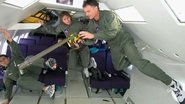
In this episode of SciTech Now, scientists work to grow plants in extreme conditions; an app predicts your seven year romantic outlook; and automation and robots are introduced to one of the oldest trades: brick laying.

In this episode, a high tech submarine allows for better underwater exploration; an average nose can sense 1,200 flavors; mysterious stains on St. Louis’ Gateway Arch prompt a tricky testing procedure; and the U.S. military is turning to microgrids to keep its power reliable and secure.

In this episode, high schools provide both an associated degree and optimal real-world experience; 3D printers create soft tissue; we take a look at the marvelous life of a historic space shuttle; and we learn why we find some animals cute and others not.
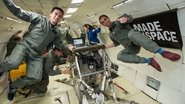
We go inside the rapidly expanding aerospace industry; explore virtual reality as possible treatment for veterans with post-traumatic stress disorder; meet David Abraham, author of the book “The Elements of Power,” who joins Hari Sreenivasan to discuss rare metals and why we’ve come to rely on them; and look at Pando, one of the oldest and largest single organisms on the planet.
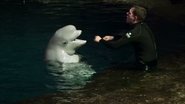
In this episode, we learn why beluga whales are a reflection of the health of a watershed; author and scientist Ainissa Ramirez discusses how bubbles might help NASA catch comets; we explore the importance of studying the physiological changes that occur in traders during financial bubbles and crises; and a collaborative workspace reveals how it serves as a catalyst for new startups and apps.

We go behind the scenes at the famed (and sustainable) Biltmore Estate; Dr. Rudolph Tanzi discusses changing our gene activity; new technology is changing our communication capabilities; aircraft simulation is employed to encourage critical thinking among high school students; and the University of Washington School of Oceanography is expanding our knowledge of the ocean floor.

Tiny satellites called CubeSats have democratized space science; blended learning combines in-person teaching with tech; a high school student and a science corporation pave the way for easier use of ethanol as renewable energy; and a mouse-like creature with massive hind legs teaches us about the growth of human bones.
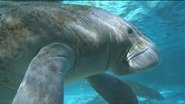
We explore farming on an urban rooftop; Peter deMenocal, director of Columbia University’s Center for Climate and Life, explains the climate innovation gap; unwanted algae is threatening Florida waterways; and a robotic surgical system makes precise surgery faster and easier.
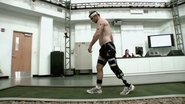
We explore the warming Arctic through its bird population, learn how snowflakes form and why they have 6 sides, check out state-of-the-art care for our wounded veterans at the Center for the Intrepid at Fort Sam Houston in Texas, and see how drones are modernizing the farming industry.
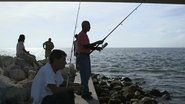
Researchers studying the zebrafish are making new discoveries in developmental biology; SciStarter founder, Darlene Cavalier, is crowdsourcing science research; the innovators behind RaceYa share their educational toy cars; and a dangerous flesh-eating bacteria is becoming a public health problem in warm coastal waters.
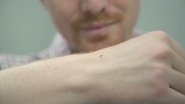
In this episode of SciTech Now, how ants and slime might help us understand collective human behavior; founder of Not Impossible Labs Mick Ebeling discusses “technology for the sake of humanity”; behind the scenes of one at the world’s first virtual medical centers; and a robot that has the potential to change the hotel industry.
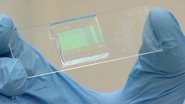
In this episode of SciTech Now: thin, flexible screens may be the future of technology; understanding the significance of gravitational waves; a company that’s giving a new kind of voice to those with speech disorders; and how pesticides used a century ago are affecting residents of a Washington town.
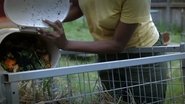
In this episode of SciTech Now, how one company in Kansas City, Missouri, is bringing technology to the roadways; busting environmental myths and an answer to the controversial question: paper or plastic?; teaching educators how to integrate new technologies into the classroom; and a unique collection of scientific and medical devices from decades past is shedding light on innovations old and new.
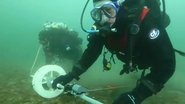
In this episode of SciTech Now, an experimental drug trial that may provide insight into early onset Alzheimer's; how robot teachers are creating new ways of learning; how and why we associate words with shapes; and detectives in Washington state are trying to take down poachers who are illegally selling shellfish on the black market.

